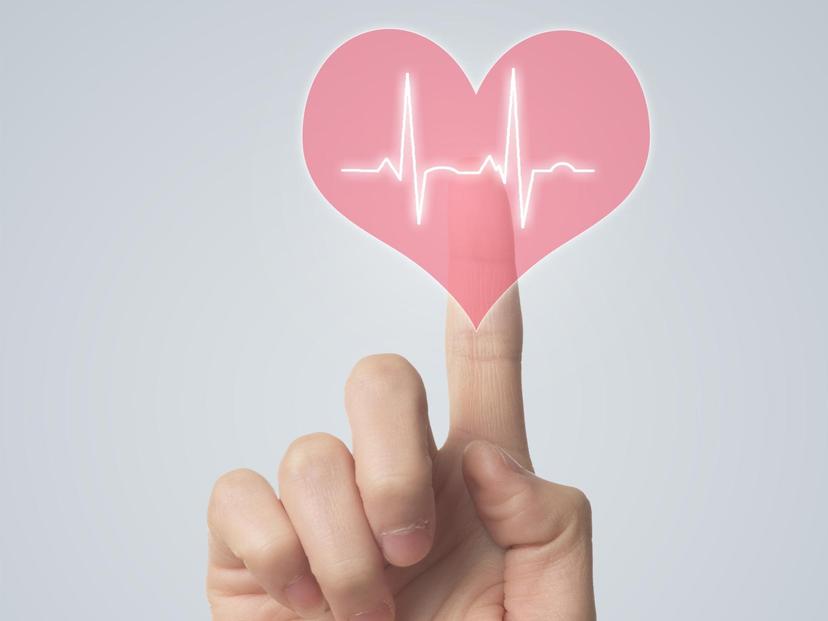29 января 2022
The 13 Most Common Phobias


29 января 2022
The 13 Most Common Phobias
## Fears are different, the symptoms are similar
Each phobia may have its manifestations, but a common set of symptoms looks like this:
- Increased heart rate (tachycardia)
- Elevated blood pressure
- Labored breathing, shortness of breath
- Trembling in the body
- Extreme sweating
- Dizziness
- Nausea, upset stomach, abdominal discomfort
- Panic, loss of self-control
Phobias can be of varying degrees of intensity. Generally, the longer a person lives with a phobia, the stronger it becomes. It is not necessary to deny the presence of the problem and avoid situations that provoke fears. Experts advise dealing with them directly.
## Hell's dozen
__Agoraphobia:__ fear of open space and large crowds of people. It is treated=== with the help of pharmacology and psychotherapy. The main aim of therapy is to reduce anxiety and develop self-help skills for panic attacks.
__Logophobia:__ fear of public speaking. It appears when it is necessary to speak in front of a large audience or even at the thought of doing so. It is possible to get rid of it with the help of cognitive-behavioral therapy, relaxation techniques, speech training, and speech therapy.
__Aerophobia:__ fear of air travel. The person is afraid of heights, confined space, and loss of control over the situation. In this case, it is necessary to work with a psychologist and master relaxation techniques. Understanding what happens during the flight helps a lot. To do this, it's worth taking lessons on a flight simulator, which is a full-size replica of an airplane.
> Varying degrees of aerophobia affect 15–20 % of the world's population, and severe forms of claustrophobia affect up to 3–6 %.
__Claustrophobia:__ fear of enclosed spaces: elevators, airplanes, MRI machines, any cramped spaces. Cognitive-behavioral therapy can help. A person suffering from claustrophobia learns to block negative thoughts and replace them with positive ones. Hypnosis and NLP techniques are also used. If claustrophobia is accompanied by an anxiety disorder or depression, medication support is needed.
__Sociophobia:__ fear of social contacts and increased attention from other people. The most effective therapy for sociophobia is a combination of psychotherapy and medication.
__Acrophobia:__ fear of heights. It can be cured with therapeutic practices to block fears and relaxation techniques.
__Thanatophobia:__ fear of death. Many people are afraid to die, but with a phobia, the fear is uncontrollable, causing panic attacks, sleep disorders, loss of appetite. There are no universal means of getting rid of thanatophobia. Treatment is prescribed individually and includes psychotherapy, pharmacology, physiotherapy, therapeutic massages, and physical exercises.
__Misophobia:__ fear of germs and dirt. Sufferers from this phobia have compulsive actions including constantly washing hands and wiping surfaces. Cognitive-behavioral therapy and hypnosis sessions may help.
__Cynophobia:__ fear of dogs and anticipation of an attack. Psychotherapy can be a good treatment for this problem and in especially serious cases, medication can help.
__Philophobia:__ fear of love. It usually forms after a failed relationship. The philophobe is afraid to feel sincere love emotions for another person. This fear pushes him or her to destroy the relationship at the very beginning. Philophobes avoid flirting, are indecisive and closed. A psychologist or psychotherapist can help them.
__Herpetophobia:__ fear of snakes such as reptiles. At the sight of a snake or other reptile, a person may become hysterical and go into a stupor. Such emotions are aroused by any object that resembles a snake, videos of snakes, and photos of snakes. Cognitive-behavioral therapy and NLP techniques can help get rid of herpetophobia. In severe cases, a psychiatrist may be needed.
__Hemophobia:__ fear of blood. A psychoanalyst can help clarify the nature of the fear. Cognitive therapy and relaxation techniques can also be helpful. In order not to lose consciousness at the sight of blood — for example, during the analysis — it is necessary to tense the large muscles.
__Carcinophobia:__ fear of cancer. The abundance of cancer information unwittingly forms a mass phobia. Some people get so wound up that they can even feel the symptoms of the disease including nausea, weakness, vomiting, and diarrhea. Psychotherapists and clinical psychologists are engaged in treatment. If there are concomitant somatic pathologies, the patient is referred to the appropriate specialist which may be a cardiologist, a neurologist, or other specialists.













